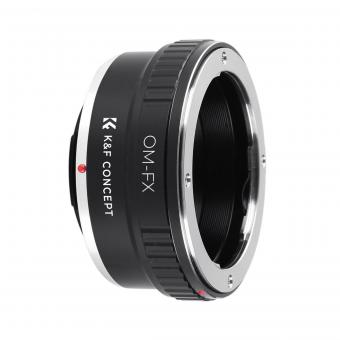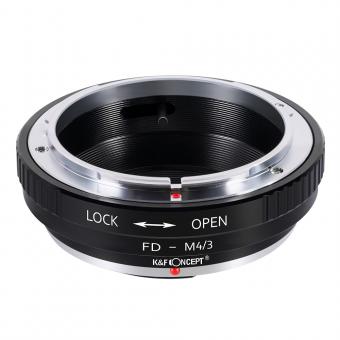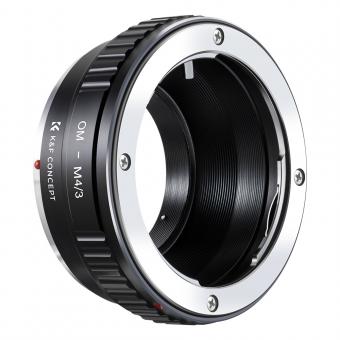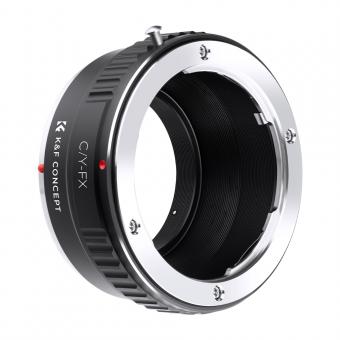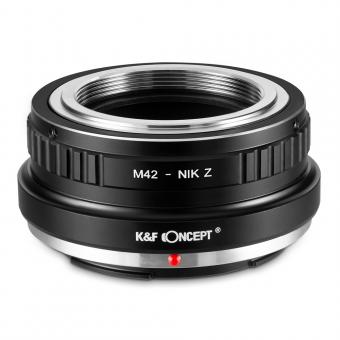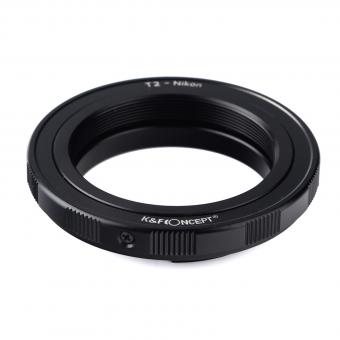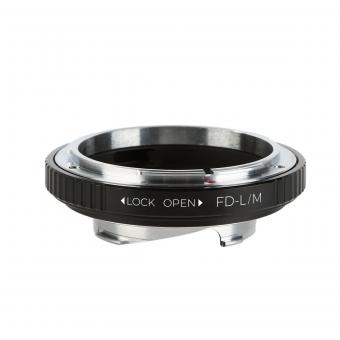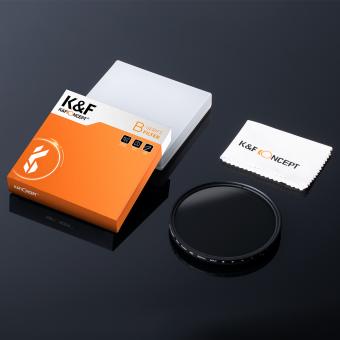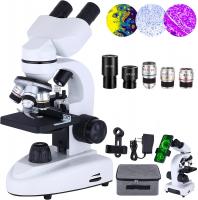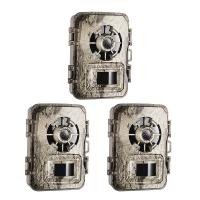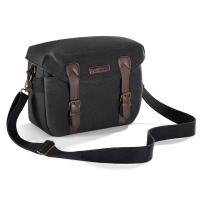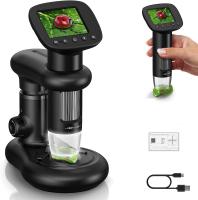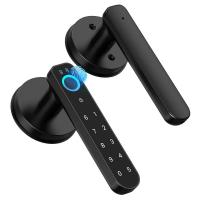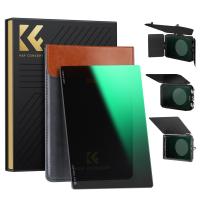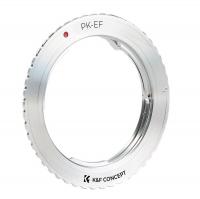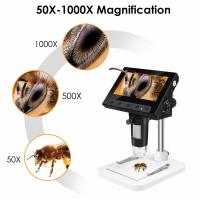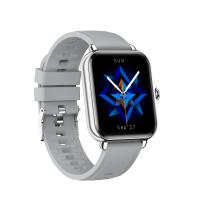Are Camera Tripods Allowed As Carry On ?
Camera tripods are generally allowed as carry-on items on airplanes. However, it is important to note that airline policies may vary, so it is recommended to check with the specific airline you are flying with to confirm their regulations regarding carry-on items. Additionally, it is advisable to pack the tripod securely and ensure that it meets the size and weight restrictions set by the airline.
1、 Current TSA regulations on carrying camera tripods in hand luggage.
Current TSA regulations allow camera tripods to be carried on as hand luggage. According to the TSA's website, camera tripods are not explicitly listed as prohibited items, which means they are generally allowed in carry-on bags. However, it is important to note that TSA officers have the final say on whether an item is allowed through security, so it is always recommended to check with the specific airline or TSA guidelines before traveling.
When packing a camera tripod in your carry-on bag, it is advisable to ensure that it meets the size and weight restrictions imposed by the airline. Most airlines have specific dimensions and weight limits for carry-on bags, so it is essential to verify these requirements to avoid any issues at the security checkpoint.
Additionally, it is recommended to pack the tripod in a protective case or bag to prevent any damage to the equipment or other items in your bag. This will also make it easier to handle during the security screening process.
It is worth mentioning that TSA regulations can change periodically, so it is always a good idea to stay updated on the latest guidelines. Checking the TSA website or contacting the airline directly can provide the most accurate and up-to-date information regarding the transportation of camera tripods as carry-on items.
In summary, camera tripods are generally allowed as carry-on items according to current TSA regulations. However, it is crucial to comply with airline size and weight restrictions and to pack the tripod securely to ensure a smooth security screening process.
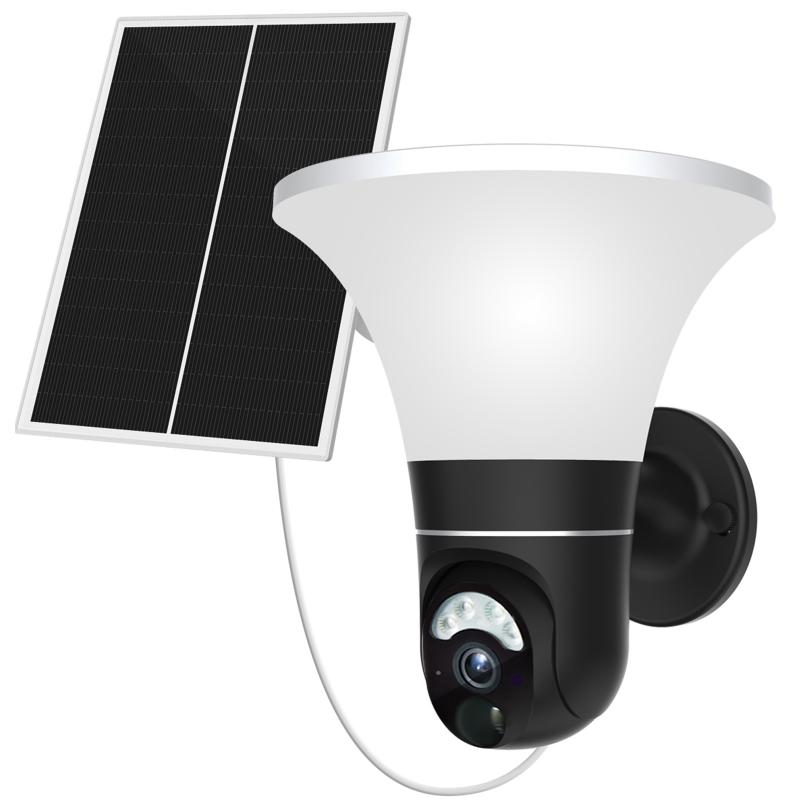
2、 Airline policies regarding camera tripods as carry-on items.
Airline policies regarding camera tripods as carry-on items may vary depending on the specific airline and their regulations. However, in general, camera tripods are allowed as carry-on items on most airlines.
Camera tripods are considered to be personal items and are typically allowed as long as they meet the size and weight restrictions set by the airline. These restrictions can vary, so it is important to check with the specific airline you are flying with to ensure compliance.
It is worth noting that some airlines may have stricter policies when it comes to carry-on items, especially if the flight is particularly full or if there are limited overhead bin space. In such cases, the airline may require passengers to check in their camera tripods as part of their checked baggage.
Additionally, it is always a good idea to pack your camera tripod securely to prevent any damage during transit. Some airlines may require you to place the tripod in a protective case or bag to ensure its safety.
As for the latest point of view, it is important to stay updated with the airline's policies, as they may change due to various factors such as security concerns or changes in regulations. It is recommended to check the airline's website or contact their customer service directly for the most up-to-date information regarding camera tripods as carry-on items.

3、 Size and weight restrictions for camera tripods as carry-on.
Size and weight restrictions for camera tripods as carry-on can vary depending on the airline and their specific policies. Generally, camera tripods are allowed as carry-on items, but there are certain limitations to consider.
Most airlines have specific size and weight restrictions for carry-on luggage, which also apply to camera tripods. The maximum dimensions for carry-on bags typically range from 22 to 24 inches in length, 14 to 18 inches in width, and 9 to 10 inches in depth. As for weight, the limit is usually around 15 to 22 pounds.
When it comes to camera tripods, they should ideally fit within these size and weight limits. However, some larger or heavier tripods may exceed the restrictions. In such cases, you may need to check them in as part of your checked baggage.
It's important to note that different airlines may have slightly different policies, so it's always a good idea to check with your specific airline before traveling. Some airlines may allow larger or heavier tripods as carry-on items, while others may require them to be checked.
Additionally, it's worth considering the practicality of carrying a tripod as a carry-on item. Tripods can be bulky and may not fit easily in overhead compartments or under the seat in front of you. If you choose to carry a tripod as a carry-on, make sure it is securely packed and won't cause any inconvenience to other passengers or crew members.
In light of the COVID-19 pandemic, airlines have implemented additional safety measures and restrictions. It's possible that some airlines may have updated their policies regarding carry-on items, including camera tripods. Therefore, it is advisable to check with your airline for the latest information and guidelines before your trip.
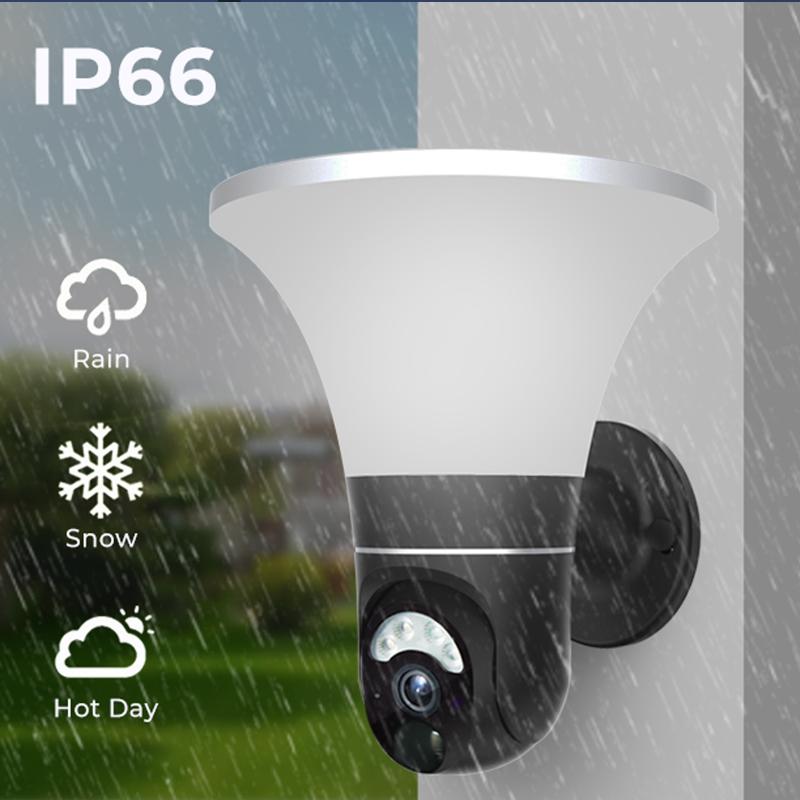
4、 Tips for packing camera tripods in carry-on bags efficiently.
Camera tripods are generally allowed as carry-on items, but it is always recommended to check with the specific airline you are flying with to ensure their policy aligns with this. Most airlines consider tripods to be personal items that can be brought on board, as long as they fit within the size and weight restrictions for carry-on luggage.
When packing camera tripods in carry-on bags, it is important to do so efficiently to maximize space and protect the equipment. Here are some tips to consider:
1. Disassemble the tripod: Remove the head and detachable legs to make the tripod more compact and easier to pack. This will also help prevent any damage during transit.
2. Use a tripod bag or case: Invest in a tripod bag or case that provides padding and protection. This will help safeguard the tripod from any potential bumps or knocks during travel.
3. Secure loose parts: If there are any loose parts, such as quick-release plates or screws, make sure to secure them properly. You can use small bags or pouches to keep them organized and prevent them from getting lost.
4. Utilize tripod straps: Many tripods come with straps or buckles that can be used to secure the legs together. This will help keep the tripod compact and prevent any movement inside the bag.
5. Distribute weight evenly: If you are carrying other camera equipment in your carry-on bag, make sure to distribute the weight evenly to avoid any strain on your shoulders or back.
It is worth noting that security regulations and airline policies can change, so it is always a good idea to check with the airline before your flight to ensure you are up to date with the latest guidelines.

